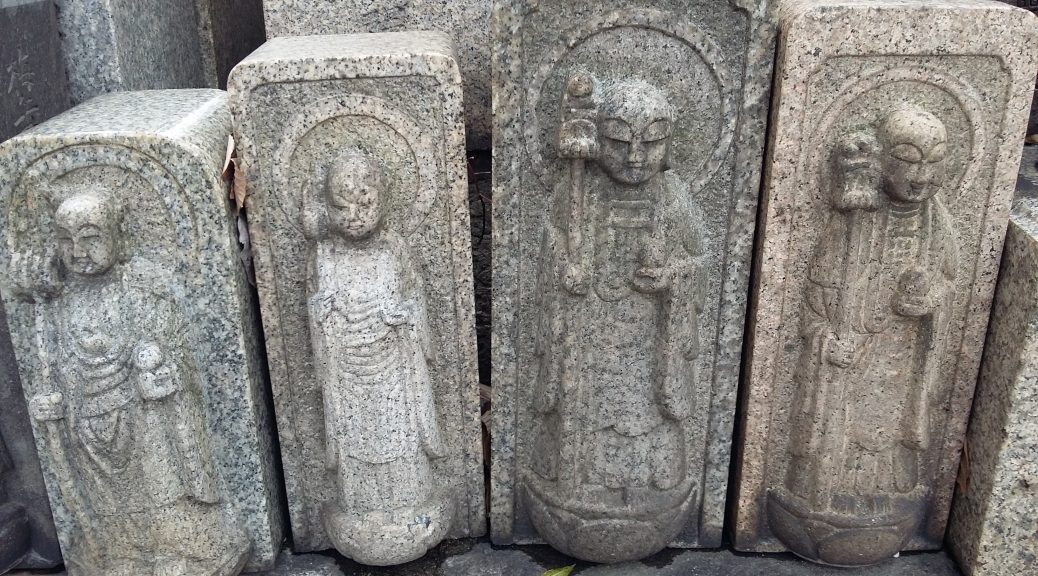The Magic of Creativity: Why the Tarya books are about all artists

Tarya, the mystical otherworld of the Tales of Tarya series, is a place of magic and creativity. It is a place reached in those moments when we become absorbed in what we are creating, whether that is a novel, a painting or a song. When author Laura Goodin recently launched Columbine’s Tale, she talked about why creatives know Tarya and its magic so well. I was so thrilled with the way she had captured the central premise of the book that I asked if I could include her speech on my blog. Read on to understand what lies at the heart of the books Harlequin’s Riddle and Columbine’s Tale.
When creatives get together…
One night a few years ago, our apartment was filled with actors, musicians, and techies. They had just closed a successful run of The Merry Wives of Windsor (in which my husband had had a role). As is the way of theatre people after closing night, they were boisterous, roisterous, and rowdy. The windows were rattling; the light fixtures were swinging; people were bouncing off the walls.
Our daughter, also a theatre person, was in high school at the time. She’d brought a friend over for the evening: a quiet and pensive young woman who was by nature a scientist. Our daughter, of course, was completely at her ease, but her friend sat stiffly, hands clenched together in her lap, shoulders drawn in, looking uneasily around the room. My husband, himself an exuberant bear of a man, bounded over to the sofa where the two sat, flung out his arm in an expansive gesture to indicate the chaos around us, and cried jubilantly, “This is what we have instead of money!”
Tarya is magic
What was the “this” he was talking about? What had we chosen above security, above money, above society’s approval? It was Tarya: the wonderful realm of magic and mastery and exhilaration that we artists enter when we create – if we’re lucky. It’s not a sure thing. But once you manage to find it, you spend the rest of your life trying to get back there. When you’re in Tarya, you are aligned with something huge, irresistible, and utterly glorious, like a needle aligned with the massive magnetic forces of the earth. You are doing what you were born to do, buzzing and ringing with the elemental power of the universe. Who wouldn’t give anything for that?
Tarya can be dangerous
The characters in Columbine’s Tale have been to Tarya, and, yes, they’ll do anything – absolutely anything – to protect their access to it. At the same time, Mina, herself no stranger to Tarya, knows what this access costs, and she’ll do absolutely anything to stop the other characters from wreaking yet more damage, ruining yet more lives. And here is the kernel of this fabulous story: the irresistible force meets the immovable object. She must stop them, but she can’t stop them. She must stop them. Yet she can’t stop them. These characters want what they want with a mighty wanting, which makes them vibrant, complex, and entirely alive. They face terrible consequences whichever way the plot resolves, and they act within a complex and richly described world that imposes genuine constraints on their choices and actions, which makes the story both riveting and deeply emotional.
Tarya is a compulsion
This book is written not just with craft, but with heart. The idea of Tarya is not just a clever plot device or facile metaphor for artistic creativity. Instead, it’s a focus for yearning, for the compulsion to create, for the demands that art places on the artist – demands that we leap to fulfill, for we can do nothing else. We have been there. The question Columbine’s Tale asks is an uncomfortable one: will we, too, do anything to get back? Anything? Are we greater or lesser artists if we, like Mina, hesitate?





 While I was building up my courage to mention the book cover artwork to my brand new publisher, Nadia got back to me with the colour ‘rough’. As far as I was concerned there was nothing ‘rough’ about it. I thought the colours were perfect – not too bright, a beautiful tonal palette. My husband, who does a lot of photoshopping for me, will tell you I’m pretty fussy when it comes to design, but in this case all I asked for was a little more gold to lift the brown. As a result, the flowers now have gold centres, and Harlequin’s cloak pin is outlined in gold. I also asked for the scroll design to be separate. That way I had the option of using or not using it.
While I was building up my courage to mention the book cover artwork to my brand new publisher, Nadia got back to me with the colour ‘rough’. As far as I was concerned there was nothing ‘rough’ about it. I thought the colours were perfect – not too bright, a beautiful tonal palette. My husband, who does a lot of photoshopping for me, will tell you I’m pretty fussy when it comes to design, but in this case all I asked for was a little more gold to lift the brown. As a result, the flowers now have gold centres, and Harlequin’s cloak pin is outlined in gold. I also asked for the scroll design to be separate. That way I had the option of using or not using it.